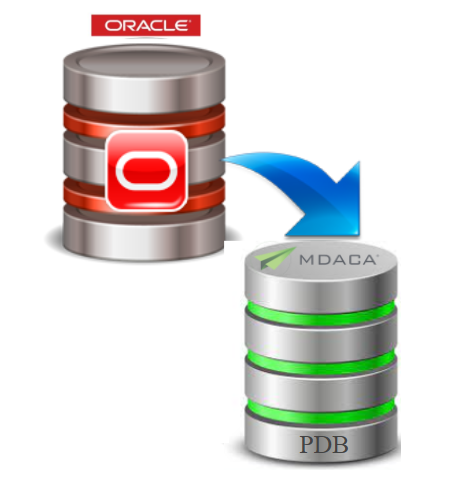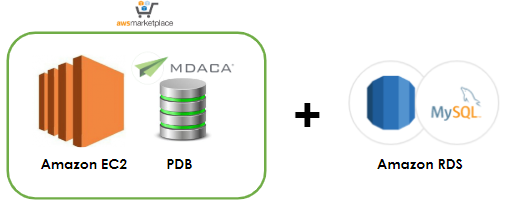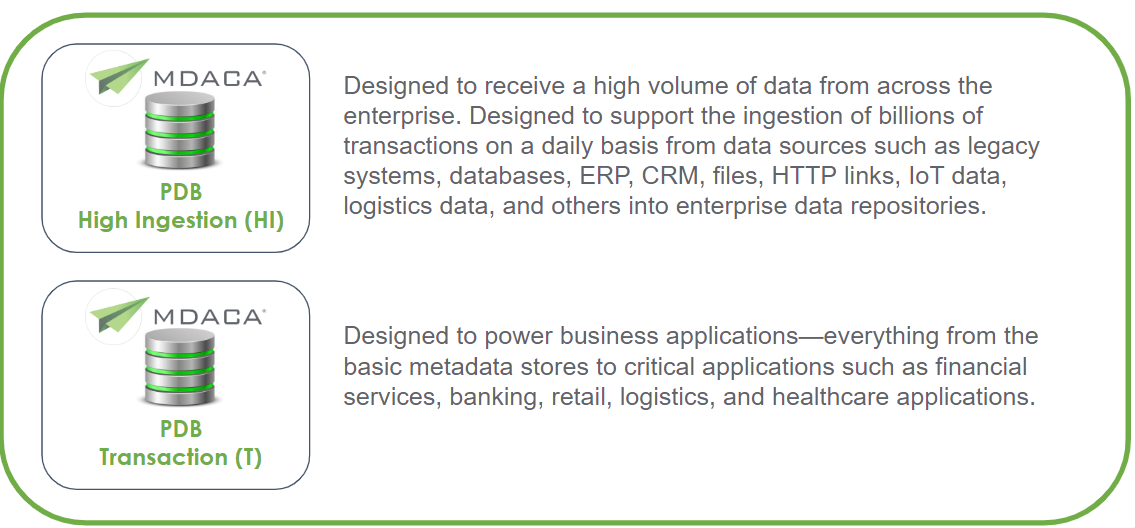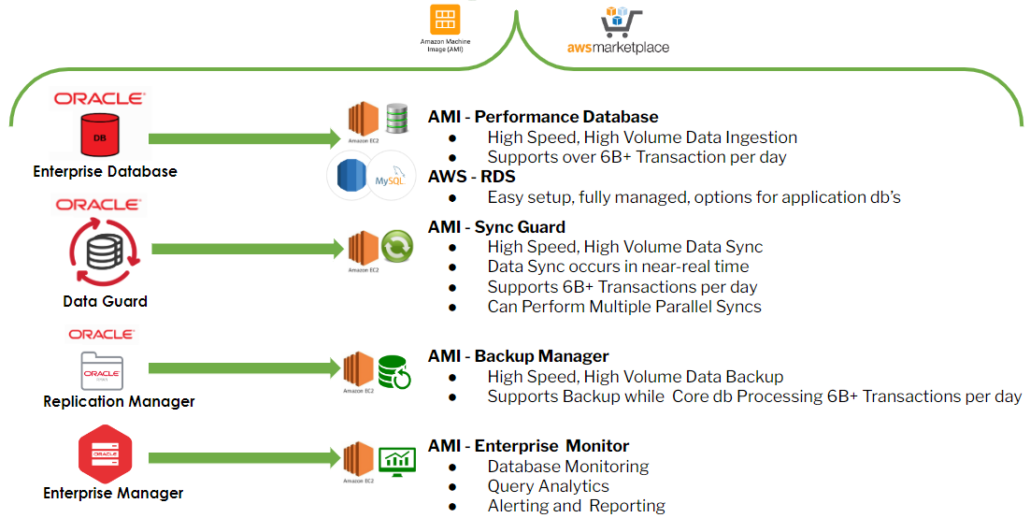Michael Peterson
VP of Research and Innovation
SpinSys
Nick Wilbourn
Technical Writer
SpinSys
Migration to modern cloud-based technologies can dramatically reduce database Total Cost of Ownership (TCO) by lowering license, hardware, storage, and administration costs. When specifically migrating from Oracle to PDB on Amazon Web Services (AWS), the costs and risks associated with migration depend on both the project scope and the team’s expertise in Oracle and AWS.
With in-depth experience leveraging AWS-based cloud offerings, SpinSys is an Amazon technology partner with AWS-certified professionals experienced in managing big data in the cloud. Our expertise includes cloud migrations, legacy application migration and modernization, master data management, cloud infrastructure management, and cost optimization, including on AWS GovCloud. With SpinSys, you get the benefit of working with tenured, certified AWS experts who have been in the trenches with customers across a variety of sizes and verticals. Our experts can help you quickly identify your challenges and architect solutions to meet your unique needs.
We understand how databases can address a wide range of business needs, as exemplified by our experience and track record supporting big data initiatives for government and commercial enterprises. Within the discovery journey, our team will work with you and bring in additional AWS subject matter experts to perform well-architected reviews as part of migration planning. We will work closely with you to identify the right architecture and migration approach. When looking at migrating or optimizing databases in AWS, you will find that some are a great fit for Amazon Relational Database Service (RDS), while others are better suited to run directly on Amazon Elastic Compute Cloud (EC2), leveraging databases such as the MDACA Performance Database (PDB).
MDACA PDB and Amazon RDS: A Winning Combination
Organizations considering migration from Oracle to PDB on AWS often face two options: using AWS RDS, or leveraging an EC2-based enterprise solution, such as MDACA PDB, available on the AWS Marketplace. Amazon RDS and MDACA PDB offer different advantages for running your enterprise database. RDS is easier to set up, manage and maintain, but it has limitations depending on your enterprise needs. Alternatively, running your enterprise database on MDACA PDB gives you more control, flexibility and choice, including full control of instance type and deployment options.
Amazon RDS supports workloads when you:
- Want to focus on your business and applications while allowing AWS take care of the undifferentiated heavy lifting tasks, such as database provisioning, management of backup and recovery tasks, security patch management, minor version upgrades, and storage management.
- Need a highly available database solution and want to take advantage of the push-button, synchronous Multi-AZ replication offered by RDS, without having to manually set up and maintain a standby database.
- Have database size and input/output operations per second (IOPS) needs that are less than the RDS limits.
- Do not want to manage database backups or point-in-time recoveries.
- Want to scale the instance type up or down based on your workload patterns without being concerned about licensing and associated complexity.
MDACA PDB running on Amazon EC2 supports workloads when you:
- Need full control over the database, including SYS/SYSTEM user access, or you need access at the operating system level.
- Have database size needs that exceed the 80% of current maximum database size in Amazon RDS.
- Have database size and IOPS needs that exceed the RDS limits.
- Want to manage backups and database point-in-time recoveries.
- Require granular control for your replication needs and data distribution.
- Want to easily maximize database size and performance.
- Want to leverage enterprise tools available through the AWS marketplace
- Require granular cost control (RDS may be costlier than EC2 in configuration).
- Want to scale the instance type up or down based on your workload patterns, without being concerned about licensing and the complexity involved.
Depending on your application and requirements, you might prefer one option over the other or leverage the best of both within a complementary architecture.
What is MDACA PDB?
The MDACA PDB is an enterprise database platform that has been optimized and integrated with MDACA core technology add-ons designed for deployments by government agencies and commercial enterprises. It provides superior performance, scalability, instrumentation, and concurrency for the most demanding workloads, delivering robust capabilities with optimized performance, scalability, and availability.
Oracle to PDB Enterprise Functionality Mapping
As enterprises examine the path forward in their digital transformation efforts – particularly considering advances in cloud technologies – one key consideration is how to maximize the value of enterprise data, coupled with exponential data growth, while having the enterprise functionality to manage and maintain their daily operations.
Key aspects of digital transformation include making data more available to the enterprise, reducing the number of data silos, and establishing a managed approach to data management and cost optimization. There are several MDACA enterprise drop-in tools available in the AWS Marketplace that can replace Oracle tools and support system and database administrators in meeting their enterprise objectives for transforming to PDB.
These tools include:
Sync Guard- MDACA Sync Guard is designed to support high transaction, high ingestion, and high volume environments, meeting advanced big data enterprise needs. Designed with flexibility of configuration in mind, enterprises can capture data from singular/multiple primary database(s) into a single or multiple sync database(s) with granular control over syncing specific tables or the entire database.
Backup Manager-Â MDACA PDB Backup Manager is designed to support high transaction, high ingestion, and high volume environments. It creates enterprise database, non-blocking backups that complete quickly and reliably while supporting uninterrupted transaction processing to provide enterprises with higher uptime due to fast restore processes.
Enterprise Monitor-Â MDACA PDB Enterprise Monitor (EM) provides an enterprise database monitoring and management solution for the MDACA PDB. It allows database administrators to observe the health of their database systems, explore new patterns in their behavior, troubleshoot, and perform database management operations.
Additional Migration Support Tools:
SpinSys brings deep expertise and understanding of the risks and complexities associated with migrating from Oracle to PDB. Migration can be challenging, time consuming, and expensive if not done correctly. Proven methodologies and tools can reduce the cost and time required, as well as significantly mitigate risk. The migration products from AWS and the MDACA product suite can help your migration be assessed, planned, and properly automated. With the proper use of these automated tools and a strong project management process in place, companies can accrue significant savings compared to traditional migration techniques. The automated AWS tools and those available through AWS Marketplace include the following:
AWS DMS- AWS Database Migration Services (DMS) helps you migrate relational databases, data warehouses, NoSQL databases, and other types of data stores. You can use AWS DMS to migrate your data into the AWS cloud – between on-premises instances (through an AWS cloud setup), or between combinations of cloud and on-premises setups.
AWS SCT- AWS Schema Conversion Tool (SCT) converts your database schema from one database engine to another. SCT converts custom code including views, stored procedures, and functions. Any code that the tool cannot convert automatically is clearly marked so you can convert it yourself.
MDACA DataFlow – MDACA Data Flow (DF) provides a powerful enterprise-grade platform with capabilities to collect, route, enrich, transform, and process data in a reliable and scalable manner. DF automates the movement of data between disparate data sources and systems, making data ingestion fast, easy, and secure. DF provides real-time and batch data ingestion and data transfer between different sources and destinations.
MDACA Cloud Storage Explorer – MDACA Cloud Storage Explorer (CSE) is a web-based file explorer that allows you to manage files across a wide range of cloud storage providers through a single integrated solution. This includes AWS S3, Azure Blob Storage, Google GCP Cloud Storage, and SharePoint document libraries, as well as Windows and Linux shares.
MDACA Big Data Virtualization (BDV) – MDACA Big Data Virtualization (BDV) is an enterprise grade, massively parallel processing (MPP) federated SQL query engine supporting the connected digital infrastructure. BDV supports migration and data queries across systems without data copy and replication. BDV easily integrates with AWS core service offerings such as Redshift, Aurora, RDS, Lake Formation, Glue, S3, QuickSight, EMR, and SageMaker.Â
MDACA Universal ODBC/JDBC Database Driver – MDACA Universal ODBC/JDBC Database Driver minimizes the effect on legacy applications leveraging JDBC and supports incremental migration of the query code used by applications, reporting tools, AI/ML engines, and ETLs, as well as user ad hoc queries, allowing phased migrations from databases such as Oracle, Microsoft SQL, DB2, etc., to MDACA PDB-based databases.

